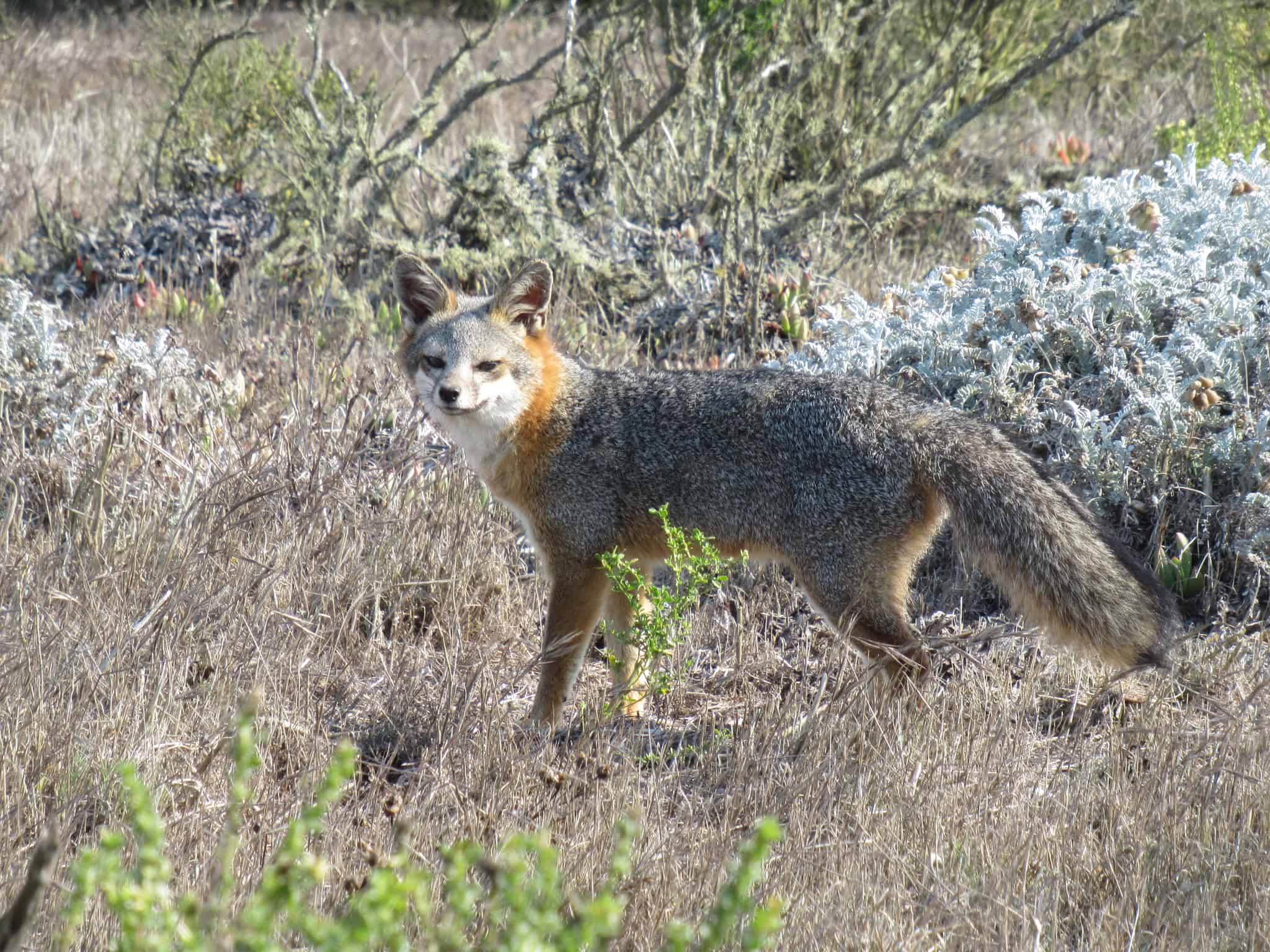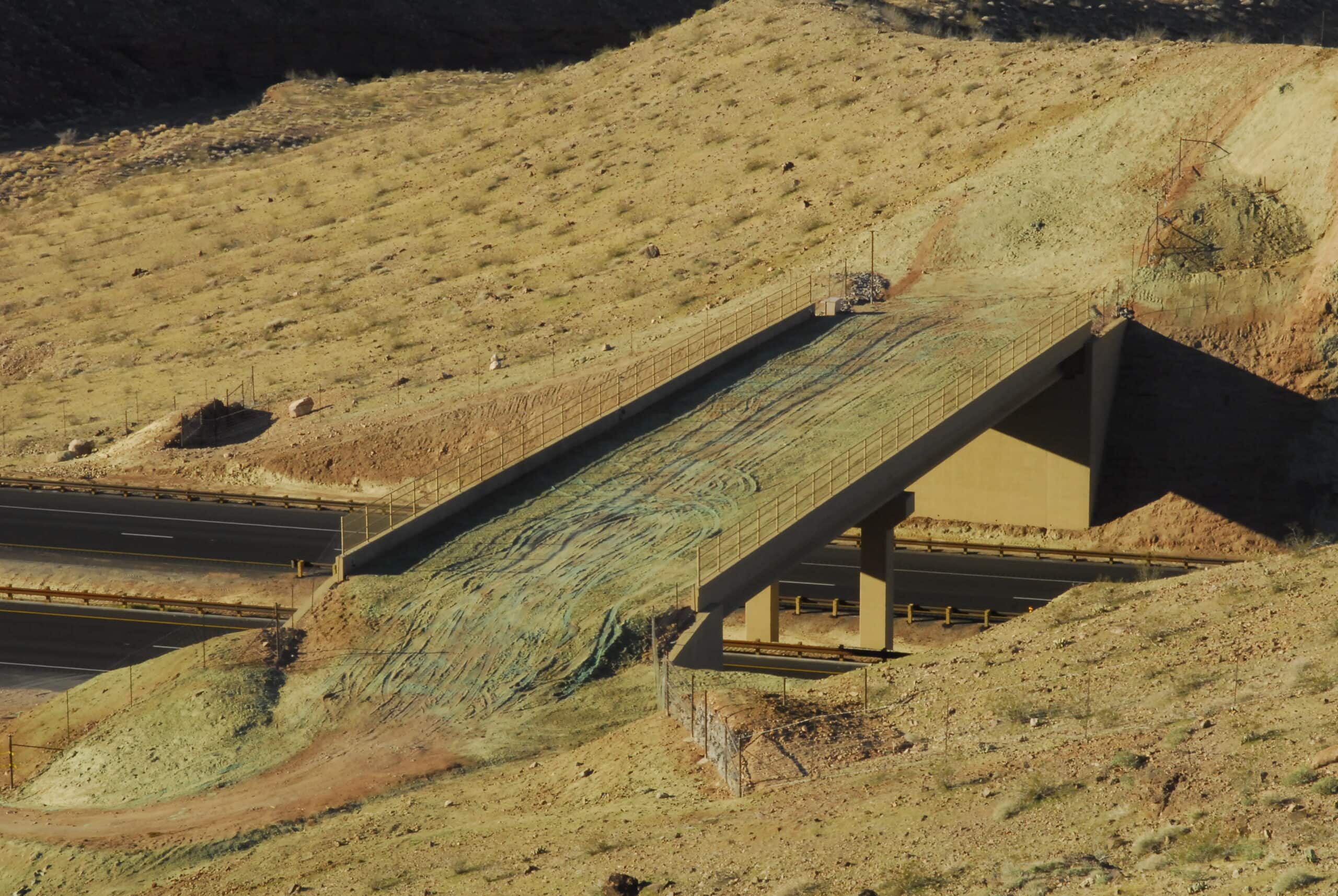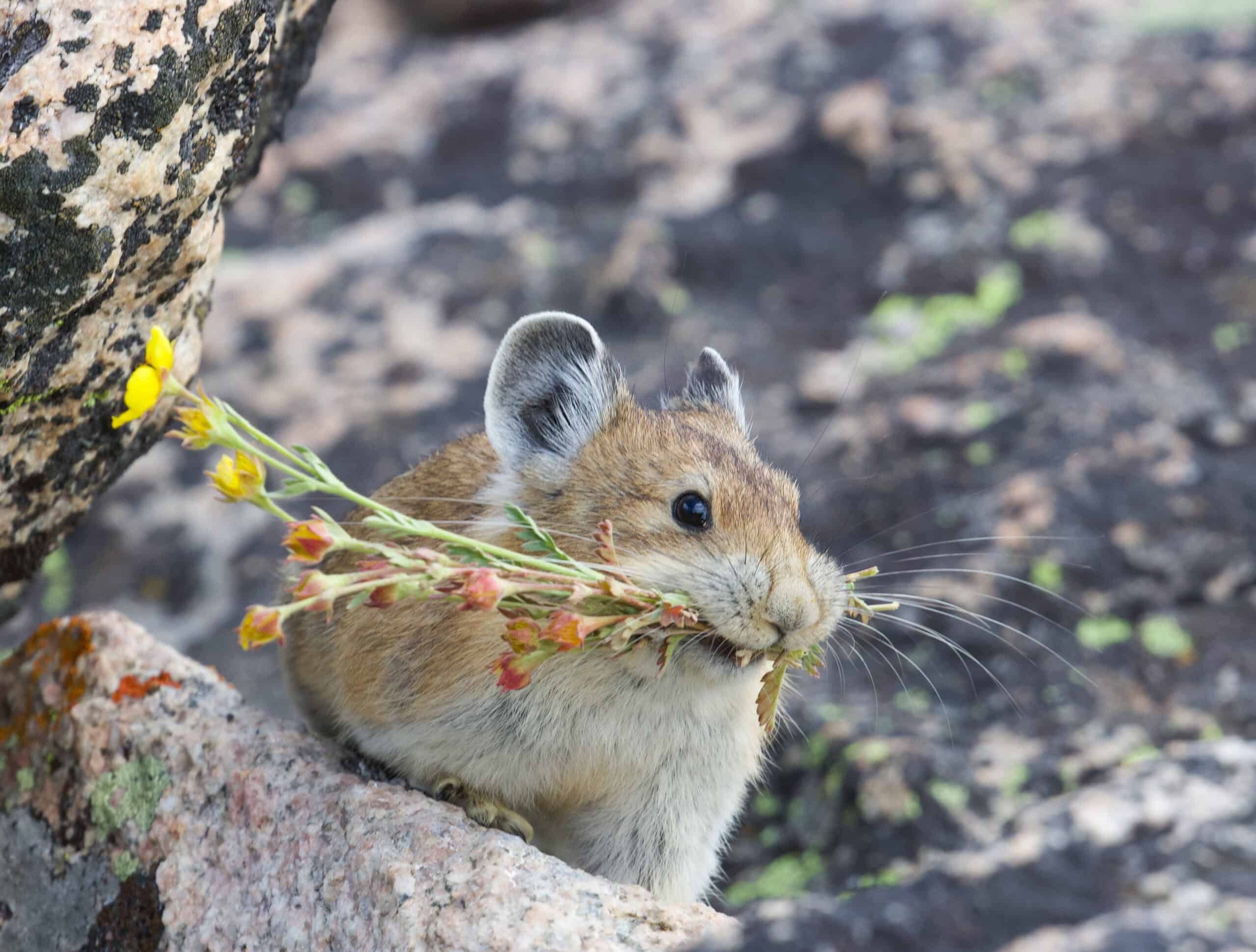Share this article
Sneak preview: 2016 conference symposia part two
Last week we highlighted the first half of symposia available to attendees at The Wildlife Society’s 23rd Annual Conference in Raleigh, North Carolina. In part two, find the rest of the engaging and informative sessions.
This year’s symposia feature topics of sustainability, partnerships, reconnecting science and management, invasive species, and much more. Stay tuned for the rest of the symposia next week. If you missed part one last week, read it here.
Registration for the conference is now open. Visit twsconference.org to learn more, or download the list of more than 600 educational and training opportunities here. Register early to receive additional savings and secure a hotel room in our discounted room block.
Managing Invasive Species at Scales from the Ground to the Landscape: The Power of Partnerships
- Coordinating Invasive Species Management Across the Continent: The North American Invasive Species Forum 2017
- Partnerships Produce Success in Dealing with Invasive Species
- The Power of Partnerships: Increasing Efficiency and Effectiveness with Cooperative Invasive Species Management Areas (CISMAs)
- Managing Invasive Wild Pigs in North America
- Collaborative Management and Control of Asian Carp in the Mississippi River Basin
- Landscape-scale Conservation: Bridging the Gaps between Public, Private, Professional and Volunteer Conservation Efforts
- The Blackfoot Challenge: Community-Based Conservation in the Blackfoot Watershed
- Creating a Coalition of Partners to Manage Invasive Plants in the Hickory Nut Gorge
NRCS Working Lands for Wildlife: Documenting Response
- Woody Expansion on Western Rangelands: Prairie Grouse as Focal Species for Strategic Ecosystem Restoration
- Satisfying the Quilt Work of Habitat Needs of the Lesser Prairie-Chicken: The Role of Patch-Burn Grazing
- Are Larger Pastures and Sparser Herds the Way to Manage Grassland Birds? A Case-Study of the Lesser Prairie-Chicken
- Golden-winged Warbler Response to Habitat Management: The Importance of Monitoring Data for Identifying and Refining Priority Areas for Conservation
- American Woodcock Occupancy and Abundance on Private Lands Managed for Golden-Winged Warbler in the Great Lakes and the Central Appalachian Mountains
- Developing Guidelines to Manage Habitats for New England Cottontails at Local and Landscape Scales
- Ensuring Habitat for Southwestern Willow Flycatchers Through Sustainable Grazing
- Reducing Risks While Maintaining a Working Landscape: Livestock Grazing in Endangered Mouse Habitat
Opportunities for Conservation Advances in Movement Analyses and their Applications to Wildlife Conservation
- Animal Tracking Hits the Big Data Threshold: Technical Challenges and Opportunities for Discovery
- Range vs. Occurrence Distributions for Quantifying Animal Space Use: Why the Brownian Bridge Is Not a Home Range Estimator
- Individual Home-range, Population, and Species Distribution Estimates: Synthesizing Heterogeneous and Autocorrelated Datasets
- Impacts of Energy Development on Space Use and Movement of Mule Deer
- Wildebeest Movement as Input to Inform Agent-based Models on Corridor Placement and Use
- Navigating Between Food and Predators: Individual Choice Patterns of Serengeti Wildebeest and Zebra Captured by Hierarchical Models
- There and Back Again: Fidelity as a Constraint on Movement in Migratory Ungulates
- The Movebank Environmental-Data Automated Track Annotation (Env-DATA) System: New Possibilities in Processing and Interpretation of Animal Movement Data
- Integrating Population- and Individual-Level Data in a Movement Model of Yellowstone Bison
- Differences in Jaguar Movement and Home Range Size Across Varied Landscapes in Brazil and Argentina
Pets, Pests, or Wildlife? Managing Free-Roaming Cats and Horses
- Where Did Wild Horses Come From: An Introduction to the Issues
- Feral Horses and the Western Landscapes
- Responsible Management of Wild Horses – Native or Not
- Why Can’t We All Just Get Along? How Trust, Patience, Empathy and Collaboration Can Solve Intractable Wildlife Management Conflicts
- Identifying the Role of Beliefs, Risk Perceptions and Emotions in Stakeholder Conflict over the Management of Free-Roaming Cats
- Opinions from the Front Lines of Cat Colony Management Conflict
- Feral Domestic Cats: The Science and Solutions to a Conservation Crisis
Recent Approaches for Understanding Spatial Processes Using Hierarchical Metapopulation Models
- Space, the Final Frontier (for Hierarchical Occupancy Models)?
- Implications of Dynamic Spatial Processes for Habitat Associations, Competitive Interactions, And Extinction Risk
- Multi-scale Analyses of Occupancy Dynamics to Understand Regional Processes Affecting Range Dynamics
- Detection-biased Connectivity Measures in Metapopulation Models
- Integrating Multiple Data Sources in Species Distribution Modeling: A Framework for Data Fusion
- An Abundance-based, Spatial Metapopulation Model for A Reintroduced Amphibian
- Discrete Versus Continuous Space in Spatial Occupancy Models
- Conservation Decision Making via Spatially Explicit Meta-population Dynamics of an amphibian-pathogen system
- Spatially Explicit Occupancy Models: Mechanistic Approach vs. Spatially Structured Random Effects
Response of Amphibians and Reptiles to Anthropogenic Disturbance
- Using Citizen Science Data to Identify the Sensitivity of Reptiles and Amphibians to Human Land Use
- Effects of Climate Change on Plethodontid Salamanders
- Behavioral and Developmental Carry-over Effects in Anurans Mediate Invasion Success
- Conserving Giant Gartersnakes in an Agricultural Landscape: Can Rice Fields Function as Marshes?
- Gopher Tortoise and Test Ranges: Understanding Occupancy Patterns In A Low-density Population
- Contributions of Streamside Management Zones to Conservation of Herpetofauna in Intensively Managed Forests in the Ouachita Mountains of Arkansas
- Persistence and Abundance of Plethodontid Salamanders in Production Ecosystems
- Terrestrial Salamanders and Prescribed Fire: Effects On Abundance, Detectability, And Behavior
- Reptiles in an Urban Rubric: Effects, Management, And Needs
Science and Management: Turning Disconnect into Synergy
- Natural Resources Science and Management: Where We Are, Where We’re Heading
- Are We Doing Science Or Just Fulfilling Management Objectives?
- Finding the Balance Between Science and Management: A Graduate Student’s Perspective
- Impact Factors: Their Impact and Implications for Management
- Bridging the Gap between Wildlife Research and Management: Where Do We Stand?
- Linking Research and Management: Why You Should Clearly Define the Problem
- Translating Management and Conservation Needs into Sound Science: Addressing Management Questions on Bighorn, Bears and Deer Within a Scientific Framework
Studying Species Interactions from Camera Trap Data – Analyzing the Space-Time Continuum
- Spatio-temporal Interactions Between White-tailed Deer, Eastern Gray Squirrels, Raccoons and Three Potential Predators
- Elevational Patterns of Co-existence and Replacement in Medium-Large Species of Terrestrial Mammals on Sumaco Volcano, Ecuador
- Monitoring Changes to Large-Mammal Food Webs with Remote Cameras across the Canadian Rocky Mountains
- Assessing Wildlife Interactions: Using Camera Traps to Test the Landscape of Fear
- Dung Dependence: Assessing Spatio-temporal Overlap of Small Carnivores at Natural and Artificial Dung Sources in Kenya
- Modeling Densities of Sympatric Species: A Photographic Capture-Recapture Approach
- Aliens Among Us: How Exotic Predators Influence the Distribution of Native Species in Northeastern Madagascar
- Exploring Spatio-temporal Animal Use-patterns Using Camera-traps
- Recent Advances in Modeling Interspecific Interactions with Detection/Non-detection Data
Where Are We with Wildlife Education?
- Beyond the Campus: Using Massive Open Online Courses for Advancing the Use of Evidence-Based Teaching Practices
- Recruitment and Retention of Undergraduates into Natural Resources Programs
- Keeping our Hands Dirty: Effective Teaching and Learning in the Field
- The Value of Study Abroad Programs in Wildlife Education
Women and Minorities in Wildlife Science
- Portals to the Profession
- Creating a Diverse Work Force of Wildlife Biologists for the Future: How Are We Doing?
- Underrepresented Groups and the Need to Change
- From Idle Observer to Conscientious Objector: Promoting Equality in the Workplace
- A Native American Perspective
- Climate Change in Our Profession, One Wildlifer at a Time
- Millennial Is Not a Dirty Word: New Generation Perspectives
- Models That Work: Taking Charge of Change
- The Take Home: Promoting Equality in the Workplace
Zoos as Conservation Partners
- Achieving Conservation through the AZA-Saving Animals from Extinction Program
- The One Plan Approach: Integrated Species Conservation Planning that Links Ex Situ Activities to In Situ Conservation Needs
- Zoo and Aquarium Educators as Community-Based Conservationists
- Partnerships as a Mechanism for Effective Zoo Conservation Engagement
- Zoo Support and Capacity Building for Field Conservation Programs
- Wildlife Conservation through Education and Participation
- Disney’s Commitment to Conservation
- Conservation Partnerships between Zoos and Regulatory Agencies: Bridging Gaps, Filling Gaps
- From Lab Bench to Field Site: The Value of Science in Collaborative Species Conservation Programs
Header Image: ©NCDOTcommunications








